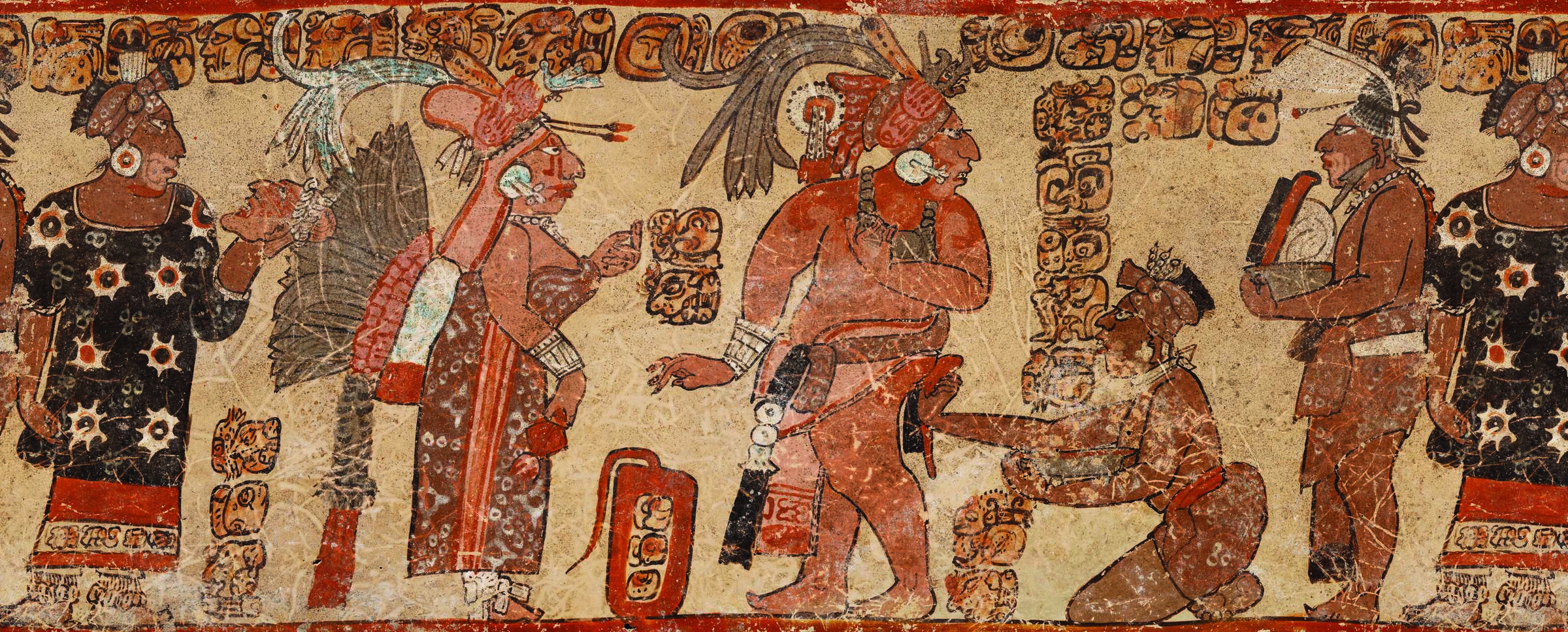ITHACA, NEW YORK—According to a statement released by PLOS Genetics, Melissa Hubisz and Amy Williams of Cornell University and Adam Siepel of Cold Spring Harbor Laboratory developed an algorithm to identify tiny segments of DNA from other species in genomes. When they analyzed ancient genomes belonging to two Neanderthals, a Denisovan, and two modern people from Africa, the researchers found evidence that three percent of the Neanderthal genome came from interbreeding with ancient humans some 200,000 to 300,000 years ago. About one percent of the Denisovan genome is thought to have come from an unidentified relative that may have been Homo erectus. About 15 percent of this genetic material may have been passed on to today’s modern humans. The researchers conclude that groups of ancient humans are likely to have mixed more frequently than previously thought. Read the original scholarly article about this research in PLOS Genetics. For more, go to "Living Evidence."
Algorithm Detects Gene Flow Between Archaic Humans
News August 6, 2020
Recommended Articles
Top 10 Discoveries of the Decade January/February 2021
Neanderthal Genome
Vindija Cave, Croatia, 2010
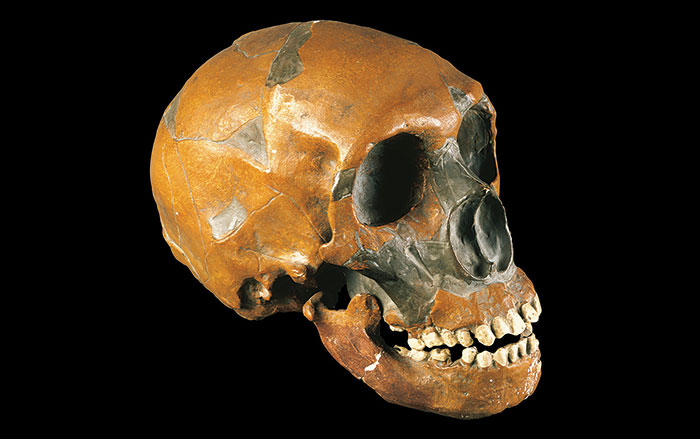
Digs & Discoveries September/October 2021
Neanderthal Hearing
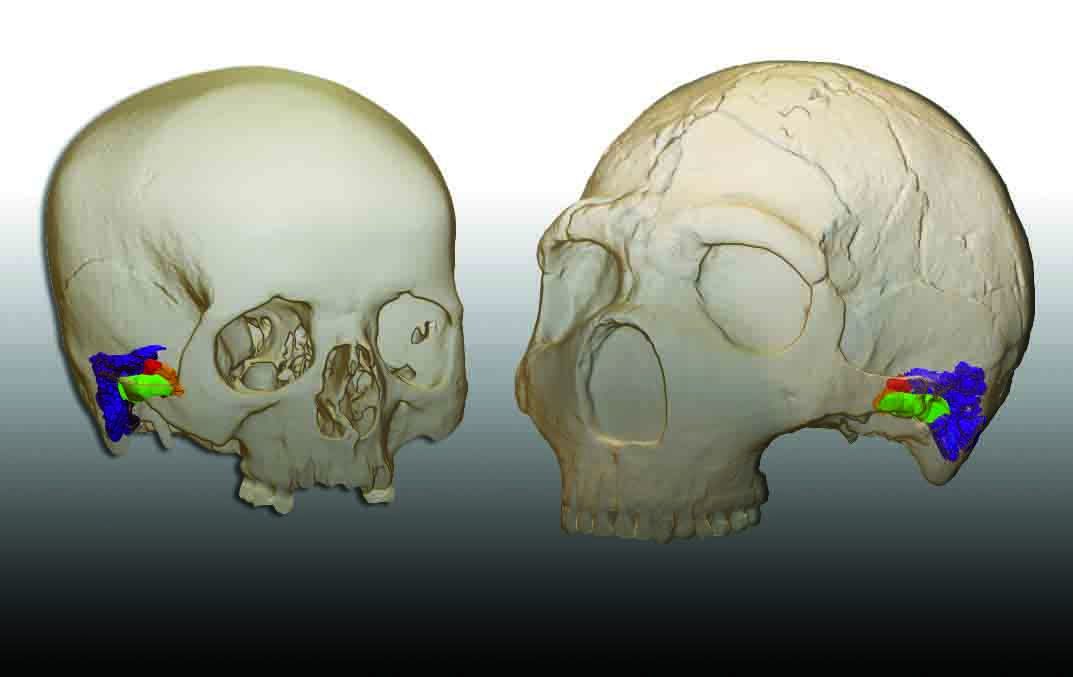
Digs & Discoveries November/December 2020
Painful Past
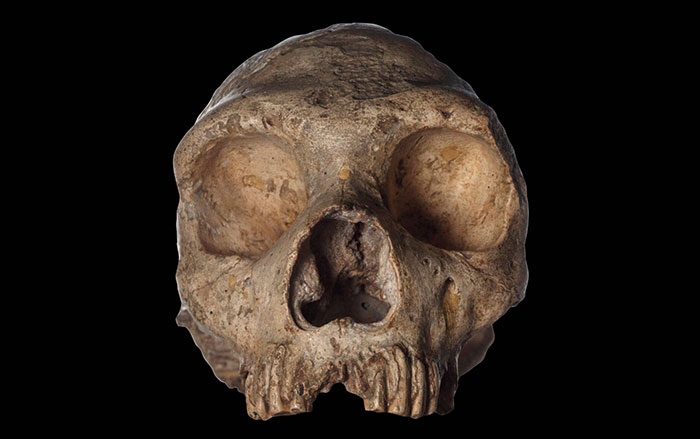
Digs & Discoveries July/August 2020
Twisted Neanderthal Tech
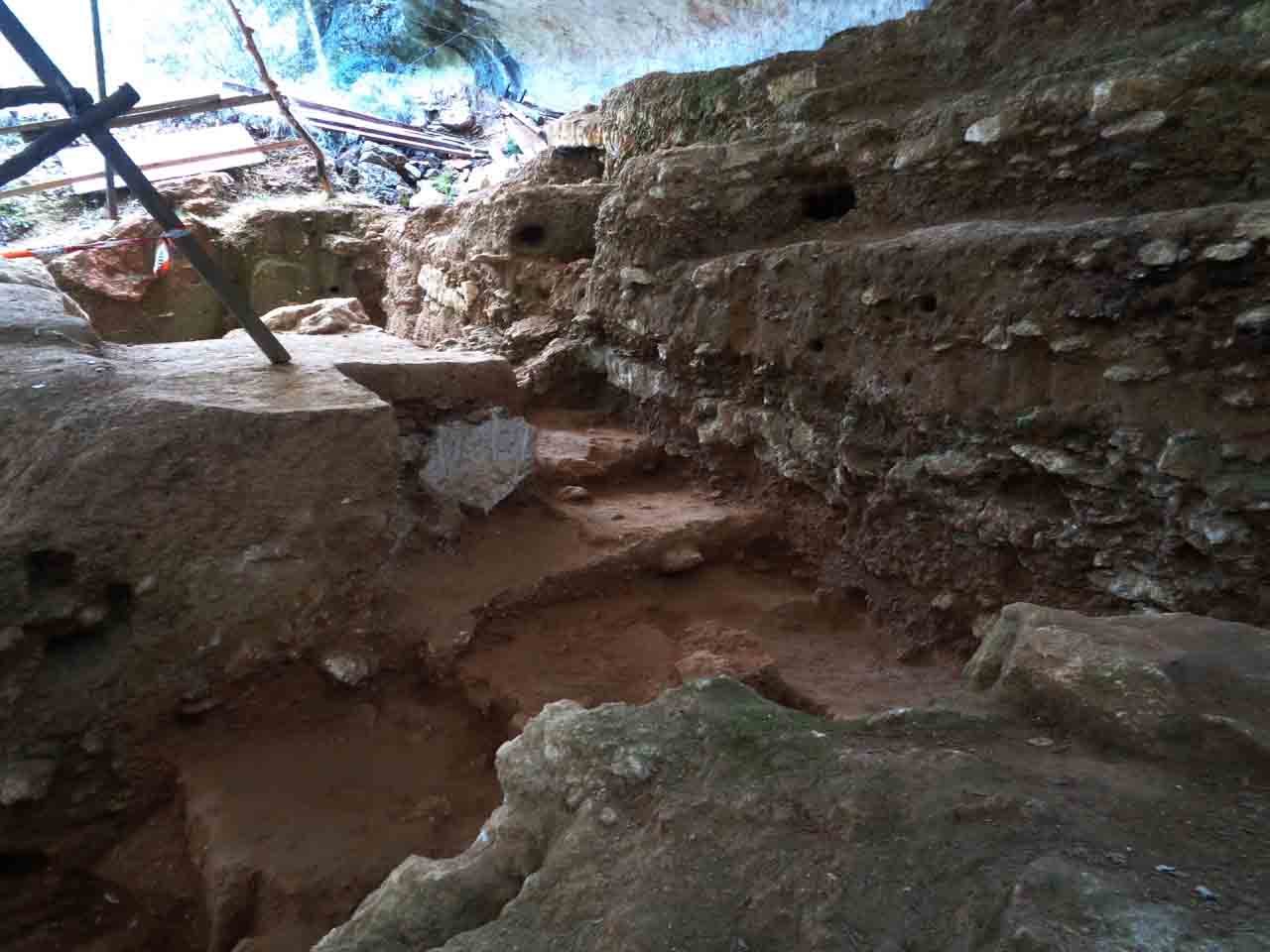
-
Features July/August 2020
A Silk Road Renaissance
Excavations in Tajikistan have unveiled a city of merchant princes that flourished from the fifth to the eighth century a.d.
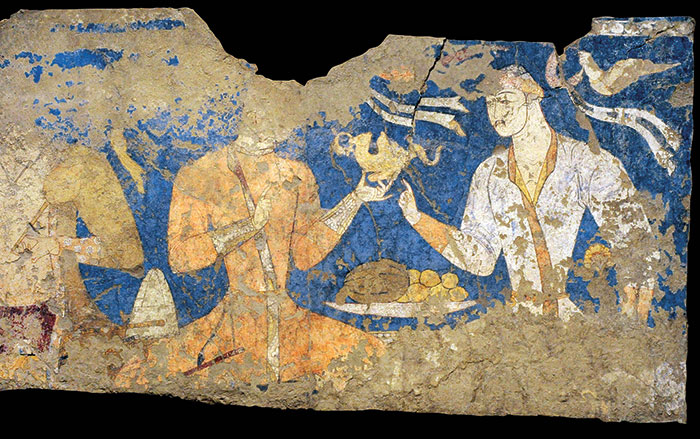 (Prisma Archivo/Alamy Stock Photo)
(Prisma Archivo/Alamy Stock Photo) -
Features July/August 2020
Idol of the Painted Temple
On Peru’s central coast, an ornately carved totem was venerated across centuries of upheaval and conquest
 (© Peter Eeckhout)
(© Peter Eeckhout) -
Letter from Normandy July/August 2020
The Legacy of the Longest Day
More than 75 years after D-Day, the Allied invasion’s impact on the French landscape is still not fully understood
 (National Archives)
(National Archives) -
Artifacts July/August 2020
Roman Canteen
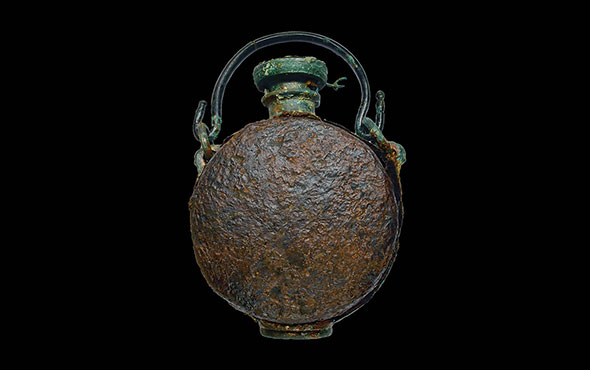 (Valois, INRAP)
(Valois, INRAP)


